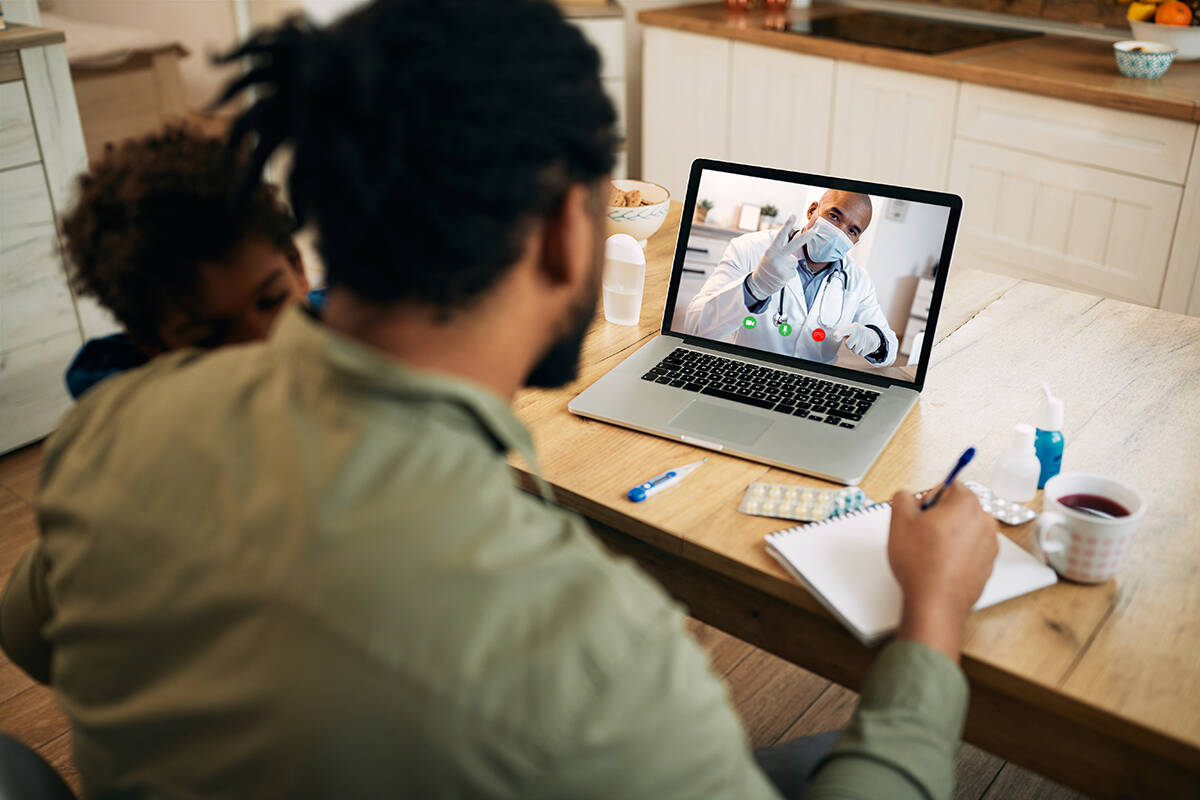When in-person clinic visits weren’t a viable option during the early stages of the COVID-19 pandemic, health care providers pivoted quickly to find new ways to reach patients.
Brandon J. Orr, M.D., family medicine physician at Providence Lynnwood Clinic, says virtual care exploded out of necessity, but has remained a valuable alternative thanks to its many benefits.
“Virtual visits have become the ‘backbone’ for continuing safe care for patients who otherwise would not be able to make it to their clinician’s office,” Dr. Orr says. “Rather than taking time off work or driving across town, your clinicians are one click away. You can access us during your lunch break at work or from the comfort of your home. Virtual visits have also become a helpful tool for those living in nursing homes, and those who are too ill to travel or lack reliable transportation.”
When to go virtual
“An in-person visit is usually best if a physical exam or procedure is needed, but you’d be surprised by what we can accomplish with virtual visits now,” Dr. Orr says. “Many patients have access to medical equipment at home and are able to provide their clinicians with vitals, including blood pressure and heart rate, making virtual visits even more comprehensive.”
Virtual visits are also an excellent way to receive follow-up care after an in-person appointment or a visit to the emergency room.
How do virtual visits work?
Patients can schedule a virtual visit through MyChart. Prior to the visit, the patient will receive a MyChart message with log-in information, and will need a device that has internet access, audio, a camera, and microphone. Most smart phones, tablets and computers will work.
“The visit itself is just like any other visit,” Dr. Orr says. “You will be admitted to your virtual ‘waiting room’ by one of our medical staff, who will discuss the goals of your visit and update relevant information, such as medications and allergies. You will then be admitted from the virtual waiting room into your appointment with the clinician.”
If you have technical concerns or are unfamiliar with this type of visit, reach out to your local clinic.
“We’re here to serve you, and we’re committed to compassionate, safe, and reliable practices for the care of all,” Dr. Orr says.
How to prepare for a virtual visit
- Ensure you have a device with internet access, audio, a camera and audio. (It’s helpful to download the Zoom app to the device of your choice.)
- Check your MyChart message and read the instructions in advance.
- Enable the microphone and camera on your device when prompted.
- If able, obtain relevant vitals (blood pressure, temperature, heart rate, glucose) shortly before your visit.
- Make sure you have a comfortable and confidential space to conduct the visit.
What’s the difference between telephone visits and virtual visits?
With recent advances, Providence now offers both virtual visits and telephone visits. Telephone visits are audio-only, which can be helpful for those without Zoom/internet access. Virtual visits provide both audio and visual features, which are helpful for not only clinical examination, but also for developing social connection. Both options allow for a tailored experience reflecting the patient’s needs and accessibility.
To schedule a telephone or virtual visit, call your doctor’s clinic or visit your MyChart account. To find a clinic near you visit providence.org/locations.

























